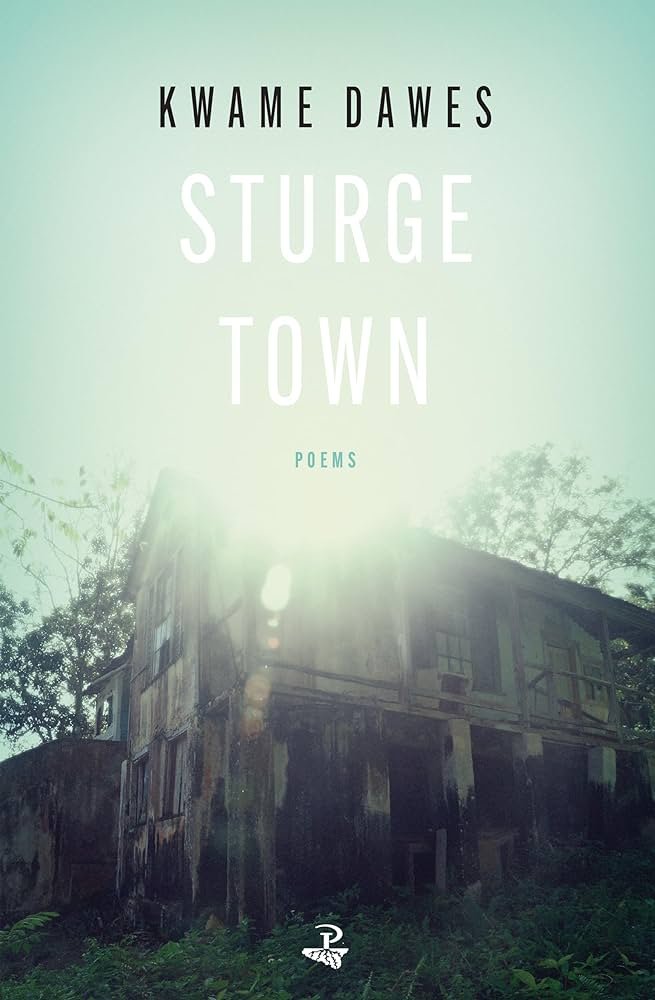Imbolc: Hearth, Home & Healing | A February Writing Prompt
“come glinting in the hearth
kohl lashes lined with soot
steel flint omega arches
fleet mare so light of foot.”
Image: Roman Skrypnyk for Unsplash
Today, we pause on the threshold not only of a new month but a new season to mark the old Gaelic festival of Imbolc, also known as St. Brigid's Day (1 Feb) - Imbolc is one of four quarter-day celebrations still observed in Ireland, along with Bealtaine (1 May), Lughnasa (1 Aug) and Samhain (31 Oct).
Originally, Imbolc was a pagan festival associated with the Irish goddess Brigid ('exalted one'), member of the Tuatha Dé Danann (the ancient Irish gods), and the daughter of the Dagda, an important father-figure or king in Irish mythology, similar to Zeus or Odin in Greek or Norse mythology. Brigid was associated with poetry, wisdom, medicine, holy wells and healing, sacred flames and the hearth, blacksmiths, snakes, arts and crafts, guardian to cattle and other domestic animals, and attuned to the early onset of spring.
There has been some debate over the meaning of the word Imbolc but the most common understanding is 'in the belly' from the Old Irish, and refers to the pregnancy of ewes and birthing of lambs at this time of year. The festival's ties to the rhythms of nature and agriculture also invoke the idea of ritual cleansing - the 'Spring Clean' of dust, dirt and soot that have built up from a winter of fires to freshen the home for the new season, similar to the ancient Roman festival of Lupercalia, which took place at the same time of year.
The feast of the Christian Saint Brigid was first recorded around the 7th century and is associated with St. Brigid of Kildare, Ireland's other patron saint, who shares many of the same attributes as the goddess of the same name - it's likely that this is an example of a pagan festival assimilated by Christianity during the conversion of Ireland. To mark this feast day, it is traditional to weave diamond-shaped crosses from rushes or straw and hang them from the rafters to bring the blessings of the saint into the home for the rest of the year.
My favourite story about St. Brigid is her asking the King of Leinster for land on which to establish a monastery. The king refused. She prayed on the matter and then approached him again asking that he only grant her as much land as would be covered by her cloak. The king laughed at this paltry request and agreed. Brigid took her followers to the land she desired and with one person taking each of the four corners of her cloak, she instructed them to walk in four directions - north, south, east and west. As they walked the cloak grew until it covered many acres, enough to build her monastery. Although the King was dismayed, he also saw it as a sign of God’s grace and granted the land, becoming a patron of Brigid’s work and eventually converting to Christianity.
With today’s celebrations being aligned to the hearth and domesticity, the story of St. Brigid’s cloak makes me think of the invisible labour of women in the home, its elastic nature, expanding to encompass vast swathes of women’s lives, without explanation or redress.
Today, I invite you to dust away the winter cobwebs and explore any of the associations with Imbolc, Brigid, St. Brigid and early Spring. Have you heard of the festival of Imbolc or St. Brigid? Have you ever woven a St. Brigid's cross? Or visited St. Brigid’s Well? What are the duties of a patron saint of poetry? Do you love a real fire? Ever tried blacksmithing What tokens do you hang in your home for luck? Are you ready for a big Spring Clean? What rituals or other memories do you have around the care of the home? Do you know any local customs either for Imbolc or for Spring?
Is it a shock to be one month into the new year already or does the thought of February put a spring in your step? What signs have you already begun to see around you in nature and in the world? The first peep of snowdrops and daffodils? Baby lambs gambolling in the fields? Are you getting ready to plant seeds or lay out your garden? What wounds of winter are ready to be healed?
For inspiration, here’s a film of a specially commissioned piece by Nidhi Zak/Aria Eipe for the Three Poems for Brigid project in 2021.
Musical Interlude:
The Poetry & Writing Submissions List
The February edition will be in your inboxes tomorrow and once again I’d like to thank everyone who has contributed to keeping the submissions info as a open resource for writers in 2024. We’re two-thirds of the way toward the target of 250 donations of €12 (or the equivalent) which covers my time and input up until August!
If you find it the submissions list useful, would like to show your appreciation, and ensure it remains accessible to all in 2024, please click one of the buttons below and make a small contribution.
DONATE OR SUBSCRIBE VIA PAYPAL
DONATE VIA STRIPE (CREDIT CARD)
If you have the means, please consider making a monthly contribution by selecting that box on the Paypal link.
What I’m Reading:
The Raven’s Nest by Sarah Thomas
What Artists Wear by Charlie Porter
Cacophony of Bone by Kerri Ni Dochartaigh



